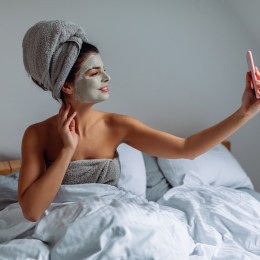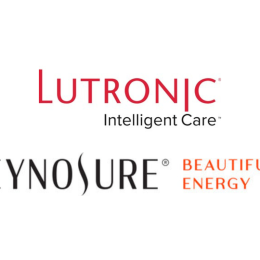The following article was in my inbox upon my return from a recent hairdressing appointment, where I had just tipped the new apprentice for washing my hair, something I normally never do.
It wasn’t that he did a brilliant job at the basin, but the salon owner (a friend of mine) knew his parents and together they wanted to offer him an opportunity other than a life of running with the wrong crowd.
I remembered back to when I was hairdressing in the 1980s and tipping the junior apprentices for washing your hair was a common practice. Tips were something we relied on back then, as the award wage was shocking.
I didn’t want to cause a fuss or embarrass anyone, so I asked the girl at the front desk to pass on my tip once I had left. I think I was covering myself, too, as I didn’t know if my $5 tip was an insult or not.
Judging by the receptionist’s reaction of shock and delight it seemed tipping wasn’t a common practice in that salon.
After a spa treatment, it’s common practice in many countries to leave a gratuity for the therapist. But as spa and wellness continues to converge, should the industry reconsider this practice and put more thought into the public perception of tipping?
I would love to hear your thoughts on this issue and if you have any ‘tipping tales’ to share please send them to me at madonna@spaaustralasia.com.au or on our Facebook page.
Thanks to DebbieAnn Pustam, Global Spa and Wellness Summit event coordinator, for this insight into the ins and outs of tipping.
Where tipping all began
It is said that tipping began in English coffeehouses in the 1500s, and by the 1700s brass urns marked ‘to insure promptitude’ were placed on tables. The practice spread to hotels and then throughout much of Europe (basically wherever there were servant classes). Affluent Americans traveling in Europe in the late 1800s brought the tipping practice back with them as a way to show their worldliness, and while tipping was seen by many as creating a new servant class, it has become common throughout North America.
Today tipping around the world is complex and varies widely by country. It is accepted throughout most of Europe (but not in Finland); in Japan, no tipping is ever expected for anything; in China and Thailand, cash tips are becoming more common, although the amounts are in the 5-10 percent range; and in India, it is so common that ‘people may ask for a tip for no apparent reason,’ according to Cond Nast.
An oft-cited 1993 study by Lynn, Zinkhan & Harris, Consumer Tipping: a Cross-Country Study notes as many as 33 professions that commonly receive gratuities; none, however, are professionally licensed occupations such as beauty therapists.
While the habit of tipping beauty and spa providers is common around the globe, there are new ramifications for the spa and wellness industry, as spas continue to evolve into centres for health and wellness-oriented services. It may even place clients in an uncomfortable position if they are expected to leave a tip for the therapist who performed their facial, but not for the nutritionist or fitness professional (when was the last time you extended a gratuity to your dental hygienist or accountant?).
Further clouding the issue: Do clients leave a gratuity if it is performed by a therapist but not if performed by a nurse, when both provide this service in the same facility?
Change and Ramifications
However, if the spa industry moves to a ‘no tipping’ business model, this would create challenges for spas in countries where tipping is typical and many therapists rely on gratuities as part of their income. In countries like Canada, gratuities can comprise up to 20 percent of the income of a therapist, and tips are often given in cash directly to the provider. And once the staff becomes accustomed to this cash income, it can become very difficult to do away with it.
The tipping practice, which essentially passes a portion of compensation on to the customer, may also have ramifications on the client/service-provider relationship and the level of service. Either way, as spas continue to incorporate wellness providers and treatments into their menus, the issue of how to handle gratuities needs to be carefully considered.
Cond Nast Traveler provides a guide to world tipping and, interestingly, suggests travellers should be prepared to tip 10 – 15 percent for spa and beauty treatments in Australia and New Zealand.



